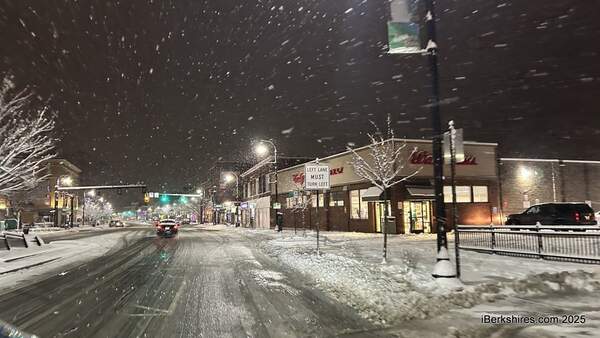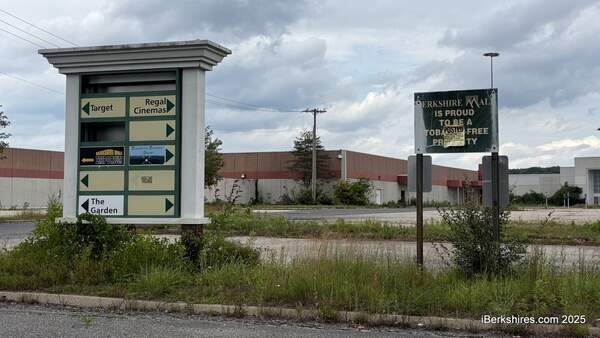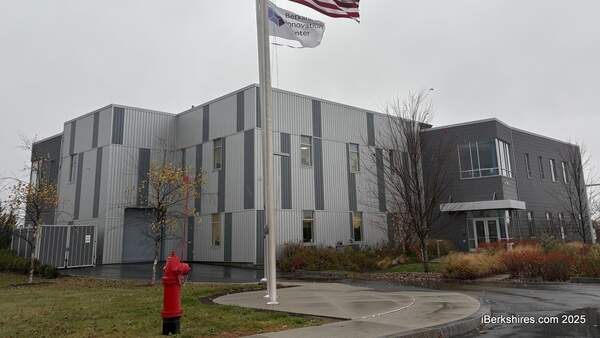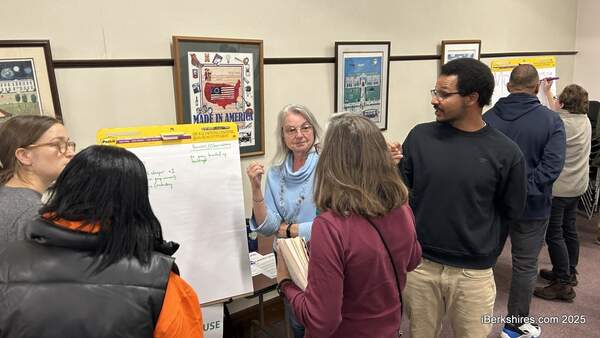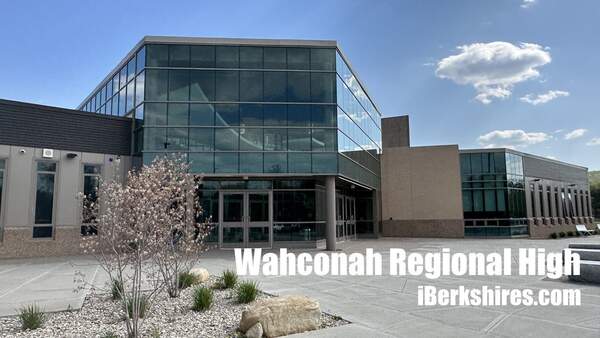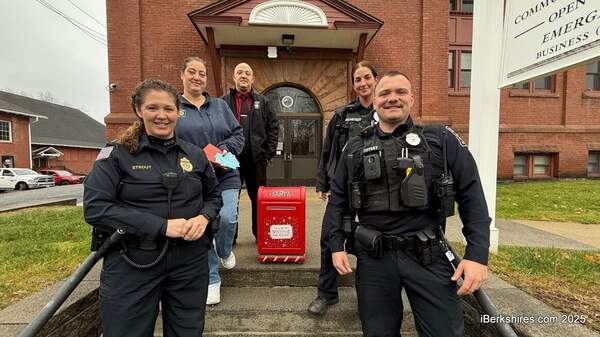EPA New England Tips for a Healthier Heating Season
BOSTON — During the winter, many people seek to avoid high heating costs by turning to wood as a fuel.
Unfortunately, many wood heaters are inefficient and emit more pollutants into the air than heating with oil, natural gas or electricity. The U.S. Environmental Protection Agency (EPA) New England regional office is sharing tips to help people enjoy a healthier heating season.
"Now that winter is upon us, if your family is purchasing a new wood-burning heater, be sure to choose an efficient EPA-certified unit," said EPA New England Regional Administrator David W. Cash. "Modern EPA-certified wood-burning appliances burn cleaner and produce less smoke inside and outside your home, meaning your family and neighbors have cleaner air to breathe. Further, efficient wood-burning appliances burn less wood, saving you both time and money."
Older or inefficient wood heaters emit greater amounts of fine particles and other pollutants, including carbon monoxide (CO), volatile organic compounds (VOCs), black carbon, and air toxics, such as benzene. If you smell smoke in your home or consistently see smoke coming out of your chimney, that's an indication that the heater is emitting harmful air pollutants. Exposure to fine particle pollution has been linked to asthma attacks, acute bronchitis, irregular heartbeat, heart attacks, and premature death. Indoor fine-particle pollution levels can affect both your lungs and heart. This may cause breathing problems and exacerbate pre-existing lung conditions. Communities already vulnerable and overburdened are particularly susceptible to indoor wood smoke pollution.
Nationwide, there are about 14 million fireplaces, 12.5 million wood stoves, and 814,000 hydronic heaters (outdoor wood boilers) in use as primary or secondary heat sources. Many of these are older wood-fueled appliances that pollute more than newer units. Use of electric heat pumps is a more energy-efficient method to both heat and cool your home. Heat pump technology has improved in recent years and can perform well even in cold climates such as New England.
The federal Clean Energy Tax Credits for Consumers covers 30 percent of the cost of heat pumps, capped at $2,000 each year, but resets annually so it can be used for other projects. In addition to new federal tax credits, the Inflation Reduction Act includes nearly $9 billion for states and tribes for consumer home energy rebate programs, including point of sale rebates focused on low and middle income consumers. Finally, check to see if your state offers rebates as there may be additional State incentives for switching to heat pumps. Through these programs, communities will be able to electrify home appliances and perform energy efficient retrofits, such as installation of heat pumps.
EPA encourages the use of a heat pump as the primary source of heat. If there is a need for back up heating and you use a wood stove, EPA recommends using an EPA-certified woodstove. To upgrade an old wood stove, see the EPA-certified wood heaters list at EPA's Burn Wise website. This database also contains information on pellet stoves that are typically the cleanest burning EPA-certified wood heaters and on hydronic heaters, which are generally much less efficient than EPA-certified wood stoves and may produce excessive amounts of smoke that can negatively impact local air quality in your community.
Here are some tips from EPA for a healthier heating season:
- Reduce your heating needs and bills by insulating your home; caulking around windows, doors, and pipes; and adding weather-stripping to doors and windows.
- When considering the cost of a heater, consider pollution levels and health effects.
- Upgrade to a cleaner technology, such as heat pumps as your primary source of heat and use your existing EPA-certified wood stove as a backup or supplemental source.
- Store and season your firewood properly. Wood burns hotter and cleaner when dry and seasoned. Consider acquiring a woodshed to protect wood from the elements while allowing air to circulate and moisture to escape. Some simple and inexpensive ideas for building a woodshed are on EPA's Burn Wise website.
- Use a moisture meter to check wood-moisture content, which is best at about 20 percent. For the proper use a wood moisture meter, go to EPA's Test Your Wood Moisture Meter webpage.
- Check air quality in your area at the AirNow website and, if possible, avoid burning wood during air quality alert days.
- Have your heating system inspected by a certified professional annually with particular attention to vents and chimneys.
Outdoor fire pits and fireplaces are also popular during the fall and winter. While these fires are a source for cooking, warmth, and recreation, be aware that these are sources of air pollution that can affect the health of your family, neighbors, and community. Please check your local air quality at airnow.gov for steps to take to protect your health during air quality alert days.
In addition to replacing older wood stoves with EPA-certified models or alternative heat sources such as heat pumps, EPA encourages the use of energy-efficiency incentives whenever possible. Funding assistance or rebates that support renewable energy and energy efficiency in New England, and across the country, can be found in the Database of State Incentives for Renewables & Efficiency website.
For more information visit EPA's Burn Wise website.
Tags: EPA,

